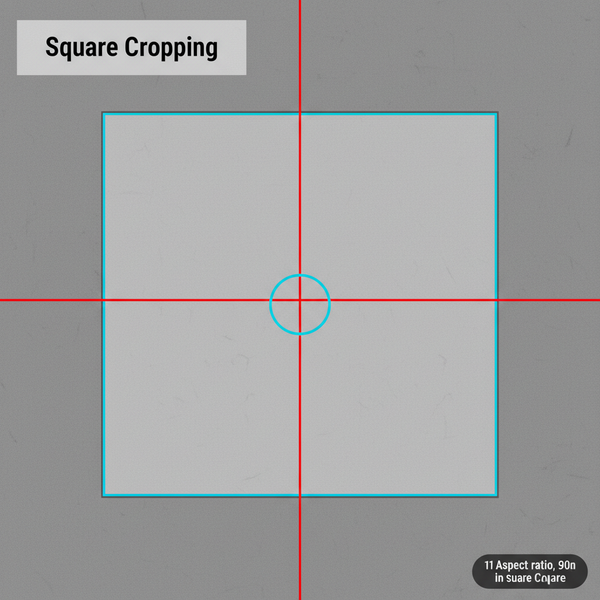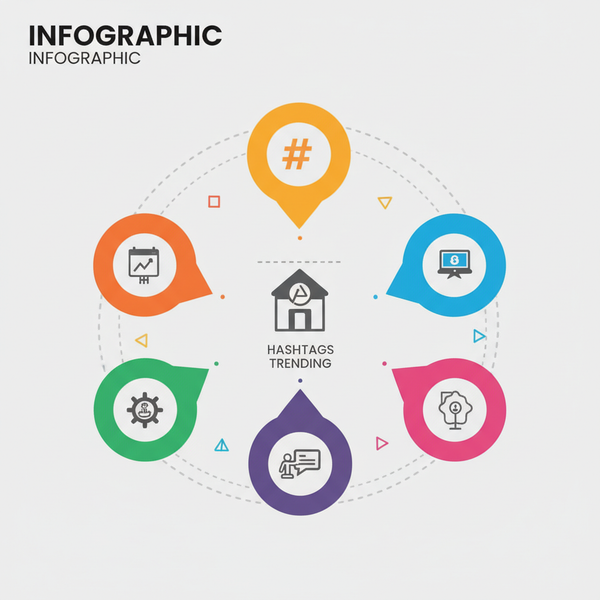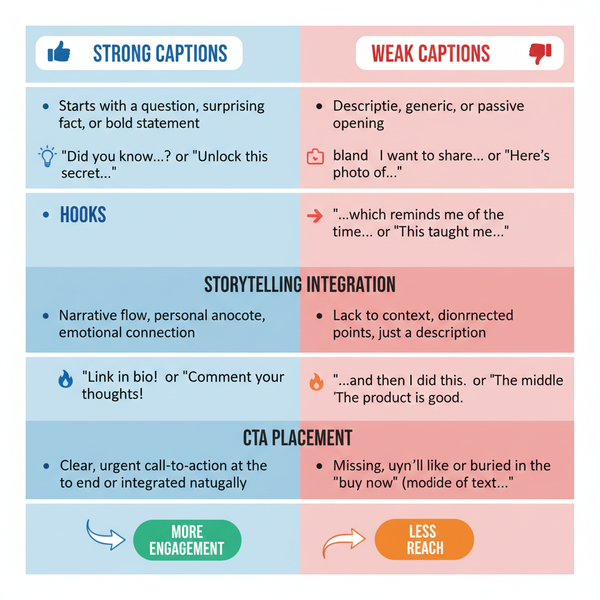Is Twitch Considered a Social Media Platform?
Explore whether Twitch qualifies as a social media platform, comparing its live-first features, community engagement, and networking tools.
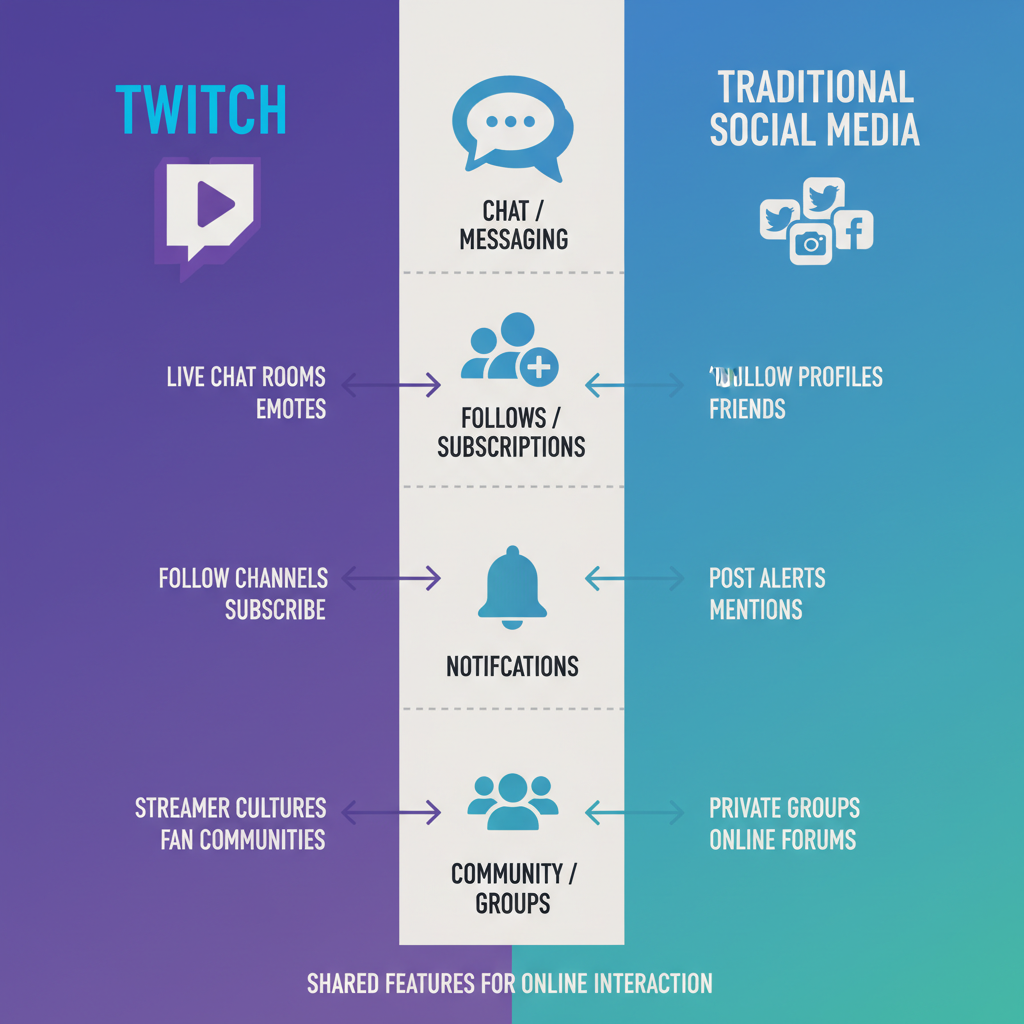
Is Twitch Considered a Social Media Platform?
If you've been wondering, "Is Twitch considered social media?", you're tapping into a debate that has grown alongside the platform’s popularity. Twitch began as a niche live streaming service for gamers, but over time it has evolved into a multifaceted space for creators, audiences, and brands. While it retains its strong identity as a real-time broadcast medium, it also integrates many features and behaviours we associate with traditional social media networks.
This guide explores Twitch’s origins, its overlap with social media, and how its unique mechanics shape both community engagement and marketing strategy. Whether you’re a streamer, marketer, or researcher, you'll find insights here to better understand Twitch’s role in today’s digital ecosystem.

---
What Is Twitch?
Twitch launched in 2011, focusing initially on live video gaming streams. Today it’s home to millions of active streamers who broadcast content ranging from eSports tournaments to music performances, creative arts, “Just Chatting” sessions, and spontaneous live events.
The primary purpose of Twitch is straightforward: to enable creators to broadcast and interact with audiences in real time. Its emphasis on spontaneous interaction and audience participation distinguishes it from purely video-on-demand platforms.
---
Core Features That Mirror Social Media
Although live streaming is its foundation, Twitch offers mechanisms that parallel core social media functions.
Real-Time Chat
Every stream includes a chat window where viewers post messages instantly visible to the streamer and other viewers—mirroring chat interaction in Facebook Live or YouTube Live.
Follows and Notifications
Users can follow channels and receive alerts when those streamers go live, similar to following Instagram profiles or subscribing to YouTube channels.
Community Building
Streamers cultivate tight-knit communities with unique branding, inside jokes, and regular participants—akin to fan cultures on other social platforms.
---
Twitch vs. Traditional Social Media
Below is a comparison highlighting how Twitch aligns with and diverges from mainstream social networks:
| Feature | Twitch | Twitter/X | ||
|---|---|---|---|---|
| Primary Content | Live Streams | Posts, Media, Live Video | Photos, Stories, Reels | Text Updates, Media |
| Real-Time Interaction | Yes (Chat) | Limited (Comments) | No Native Livestream Chat | Threaded Replies |
| Follower System | Yes | Yes | Yes | Yes |
| Content Longevity | Short-term VOD Archives | Persistent Posts | Persistent Posts | Persistent Posts |
From this, you can see Twitch blends familiar social networking elements with its own distinctive live-first approach.
---
Interaction and Networking Capabilities
Twitch’s social architecture offers layers of audience and creator interaction:
- Chat Engagement: Immediate conversations between audience and streamer during broadcasts.
- Private Messaging (Whispers): Direct messaging capability like Instagram or Twitter DMs.
- Collaborative Streams: The “Squad Stream” function enables multi-streamer broadcasts.
- Hosting & Raiding: Streamers redirect audiences to other channels, facilitating discovery and connection among communities.
These features create an interactive ecosystem that encourages retention and cross-audience growth.
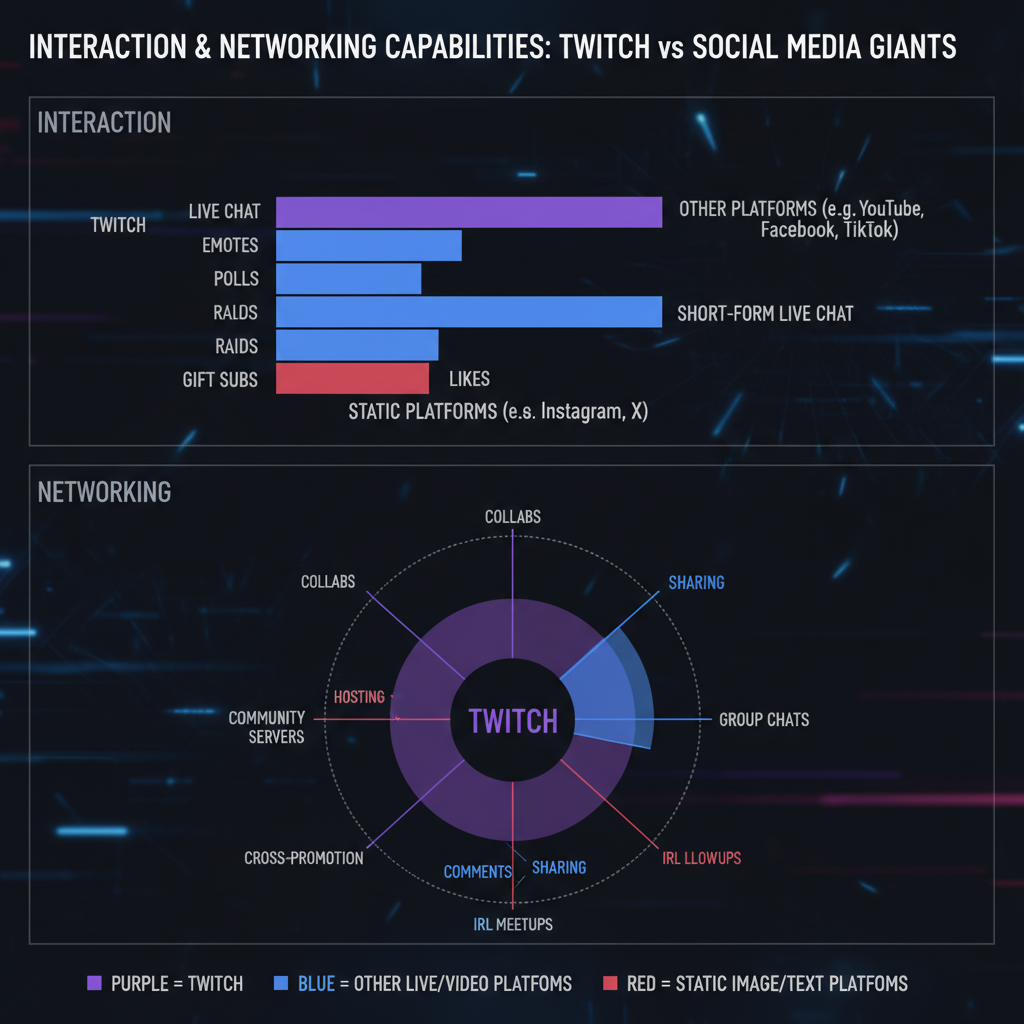
---
Content Formats: Live Streams vs. Static Posts
Unlike most social media that emphasize static or short-form content, Twitch orbits around longer live sessions:
- Live Streams: Multi-hour broadcasts form the core experience.
- Clips: Bite-sized highlights extracted from streams for shareability—comparable to TikToks or Instagram Reels.
- Video on Demand (VODs): Archived streams available for a limited period.
This prioritization of real-time interaction significantly impacts how audiences engage, making Twitch more of an event-based platform than a content library.
---
Monetization and Influencer Culture Parallels
Twitch streamers mirror influencers on Instagram and YouTube in how they generate revenue:
- Subscriptions: Monthly payments for premium access.
- Bits: Microtransactions where viewers send virtual cheers.
- Sponsorships: Brand partnerships integrated within streams.
- Affiliate & Partner Programs: Revenue via ads and exclusive Twitch features.
Top Twitch personalities enjoy loyal fan bases, forge brand deals, and often expand influence across multiple social platforms.
---
Community Engagement Tools
Beyond comments, Twitch engages communities through:
Raids
Direct audience handoff to another streamer’s channel after a broadcast.
Emotes
Custom graphics unique to each channel, strengthening viewer identity and belonging.
Discord Integration
Streamers maintain Discord servers, extending community life beyond Twitch.
These mechanisms amplify Twitch’s role as a hub for interactive social culture.
---
Marketing and Brand Strategy
Brands are increasingly integrating Twitch into their social media playbooks for:
- Product Launches: Engaging audiences via live demonstrations and Q&A.
- Event Coverage: Broadcasting eSports competitions or branded shows.
- Interactive Advertising: Running polls, challenges, and giveaways during streams.
The platform’s raw, unscripted nature allows brands to appear authentic and responsive.
---
Differences From Traditional Social Media
Despite its overlaps, Twitch differs from networks like Facebook or TikTok:
- Content Longevity: Archived content has an expiration date.
- Discovery: Driven more by category search (e.g., game titles) than algorithmic feeds.
- Promotion Metrics: Active viewer counts play a bigger role than likes or shares.
---
Twitch’s Classification Across Perspectives
Academic View
Seen as a social live streaming service, merging broadcast media with social networking.
Marketing Perspective
Recognized as a social media channel for its influencer dynamics and branded content potential.
Legal Context
May be defined as an interactive computer service, aligning with certain regulatory standards applied to social media sites.
---
Conclusion: A Hybrid Platform
So, is Twitch considered social media? Yes—and no. Twitch shares the DNA of social networks—followers, profiles, interactive chat, and community tools—while maintaining a unique emphasis on ephemeral, real-time content.
For creators, it is a dynamic space to grow loyal audiences through live interaction. For brands, it’s a versatile marketing stage that blends reach with authenticity. As the live streaming culture matures, Twitch’s hybrid identity will likely cement its role in the wider social media universe.
Ready to explore what Twitch can do for your community or brand? Start by engaging authentically in live chats and leveraging the real-time energy that sets Twitch apart.

